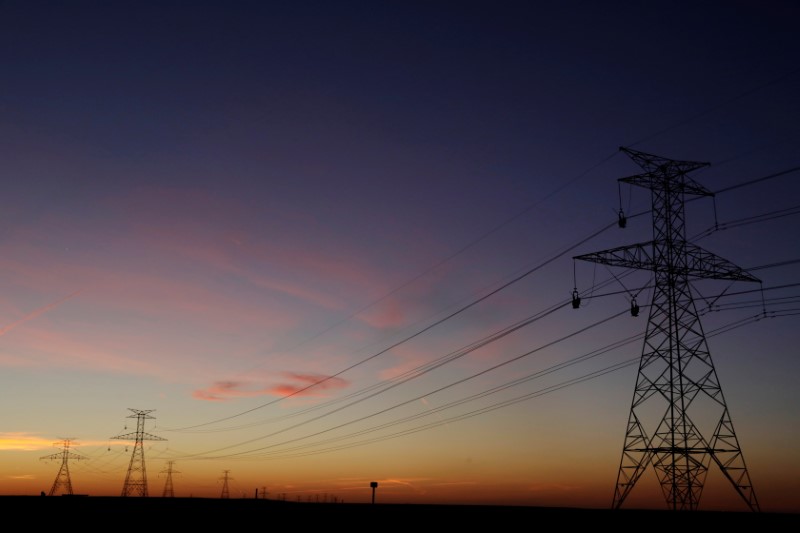(Reuters) – U.S. power usage will rise about 3% in 2021 as the economy grows following last year’s coronavirus hit to demand, the U.S. Energy Information Administration (EIA) said on Wednesday.
In its Short-Term Energy Outlook (STEO), EIA projected power demand will climb to 3,915 billion kilowatt hours (kWh) in 2021 and 3,929 billion kWh in 2022.
That compares with a coronavirus-depressed 11-year low of 3,802 billion kWh in 2020 and an all-time high of 4,003 billion kWh reached in 2018.
EIA projected 2021 power sales would rise to a record high 1,488 billion kWh for residential consumers, as ongoing COVID concerns keep more people working from home, 1,308 billion kWh for commercial customers and 977 billion kWh for industrials.
That compares with a previous high of 1,469 billion kWh in 2018 for residential consumers and all-time highs of 1,382 billion kWh in 2018 for commercial customers and 1,064 billion kWh in 2000 for industrials.
EIA said natural gas’ share of power generation will slide from 39% in 2020 to 36% in 2021 and 35% in 2022 as gas prices rise. Coal’s share will rise to 24% in 2021, from 20% in 2020, and contribute 23% in 2022.
The percentage of nuclear generation will ease from 21% in 2020 to 20% in 2021 and 2022, while renewables will hold at 20% in 2021, the same as 2020, before rising to 22% in 2022.
The EIA projected 2021 natural gas sales would rise to 13.37 billion cubic feet per day (bcfd) for residential consumers, 9.32 bcfd for commercial customers and 22.81 bcfd for industrials, but fall to 29.83 bcfd for power generation.
That compares with all-time highs of 14.36 bcfd in 1996 for residential consumers, 9.63 bcfd in 2018 for commercial customers, 23.80 bcfd in 1973 for industrials and 31.74 bcfd in2020 for power generation.
(Reporting by Scott DiSavino; Editing by Alexander Smith)



















